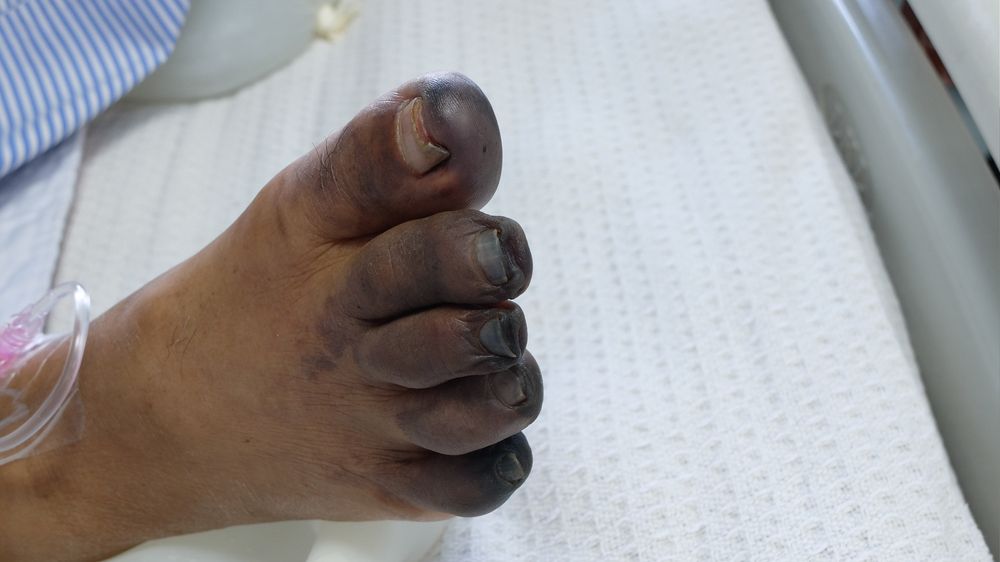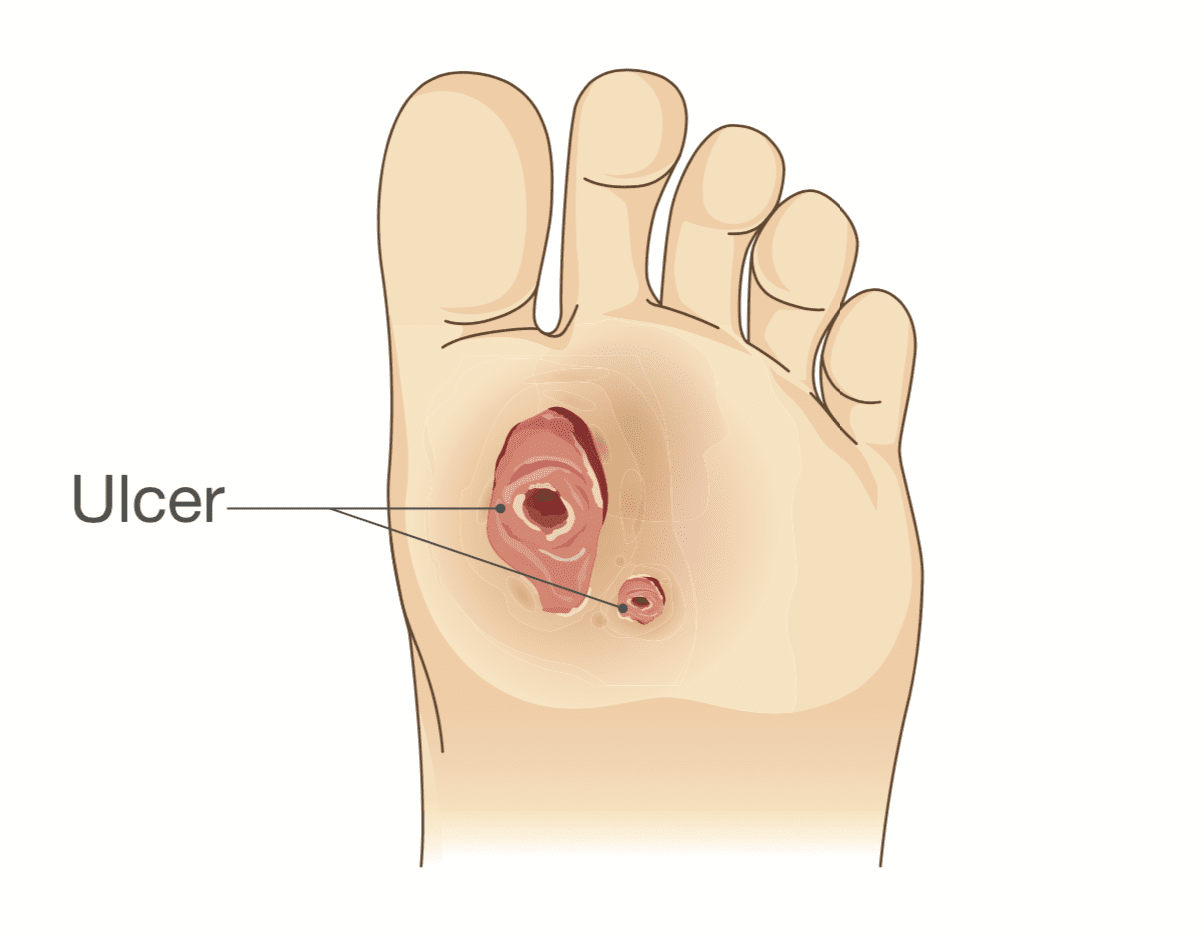Vascular and Vein Institute of the South
Abdominal Aortic Aneurysm Q & A
What is an abdominal aortic aneurysm?
The aorta is the main artery and the largest blood vessel in the body. It runs from the heart and through the center of the abdomen. An abdominal aortic aneurysm (AAA) is when the artery wall weakens and bulges. A ruptured abdominal aneurysm causes significant problems – the greatest being a stroke.
Our team of board-certified vascular surgeons are trained to recognize and diagnose abdominal aortic aneurysms. Don’t wait until it’s too late. Call or book your appointment online today.
Who is most at risk of having an abdominal aortic aneurysm?
Some people are more prone to developing an AAA than others. Risk factors include:
- Smoking
- Family history of aneurysms
- Age
- Ethnicity
- Gender
We use state-of-the-art technologies and laboratory services to determine whether you have an abdominal aortic aneurysm.
How do you treat an abdominal aortic aneurysm?
Monitoring
Lifestyle Changes
Surgery
The doctor will operate if the aneurysm is large or growing quickly. Open abdominal surgery involves removing the damaged section of the aorta and replacing it with a graft tube. Endovascular repair uses just the graft to reinforce the sides of the aorta walls without removing anything.
Abdominal aortic aneurysms need careful handling, but when you partner with Vascular & Vein Institute, the chances of catching one and treating it in time increases significantly. Call or book an appointment online to find out more about how we can help you.





